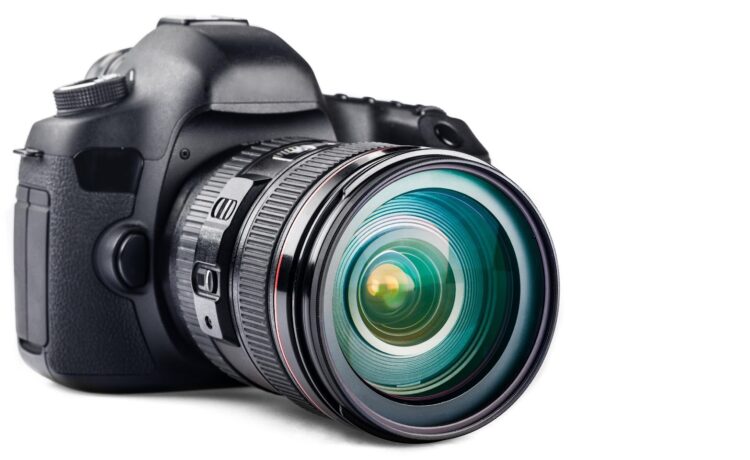Indoor photography is a challenging genre because when you shoot indoors, you’ve to watch for the variable lighting in the scene. Mainly because when we’re shooting indoors, we usually don’t use any artificial lighting source, so there is a good chance that shadows may form. So one way to get rid of shadows is to use an artificial lighting source. Larger the lighting source, the more uniform the lighting would be, allowing you to capture an image that’s well-lit.
Use artificial light as a key light
There are two ways you can use an artificial lighting source. Three, if you consider using them as a background light. The first one is to use artificial light as the key light. If the indoor working condition is too dark or there is no ambient source of light that you can work with, you will have to depend entirely on an artificial lighting source. The artificial light should be set up so that the subject is illuminated properly by it (as per the shot’s requirements).
Use the artificial light as a fill light
If, however, there is an ambient light source, such as a large window, you can use that as the key light and then use the artificial light as the fill light. Usually, a fill light is fired at a ratio of 1:2 of the key light. But there isn’t a full-proof mathematical rule for using fill lights with key lights. It’s always a call taken by the photographer.
Use artificial light as a background light
Sometimes when shooting indoors, the lack of light means the background of the subject is darker. Much darker than what the photograph warrants. In such a situation, you can use artificial lights to work as the background light.
Using a natural light source
But what if you don’t have an artificial light source to work with? If you don’t have an artificial light source to work with, your first option would be to look for a natural light source. You can use a large window, a terrace, a skylight, or anything to create decent exposure.
A natural light source may not be adequate to illuminate the whole scene. So, it’s better to crop your composition and use a tighter framing to capture the subject’s face and a little bit of the torso.
Avoid capturing the background because due to the lack of light in the scene, there will be a massive amount of light fall-off, creating a difference in exposure, especially if the subject is closer to the ambient light source. Light fall-off would be the maximum in that case. The subject will appear brighter, the background will appear darker, and it will have noise and less dynamic range. Blurring the background or using the crop option avoids this problem.













